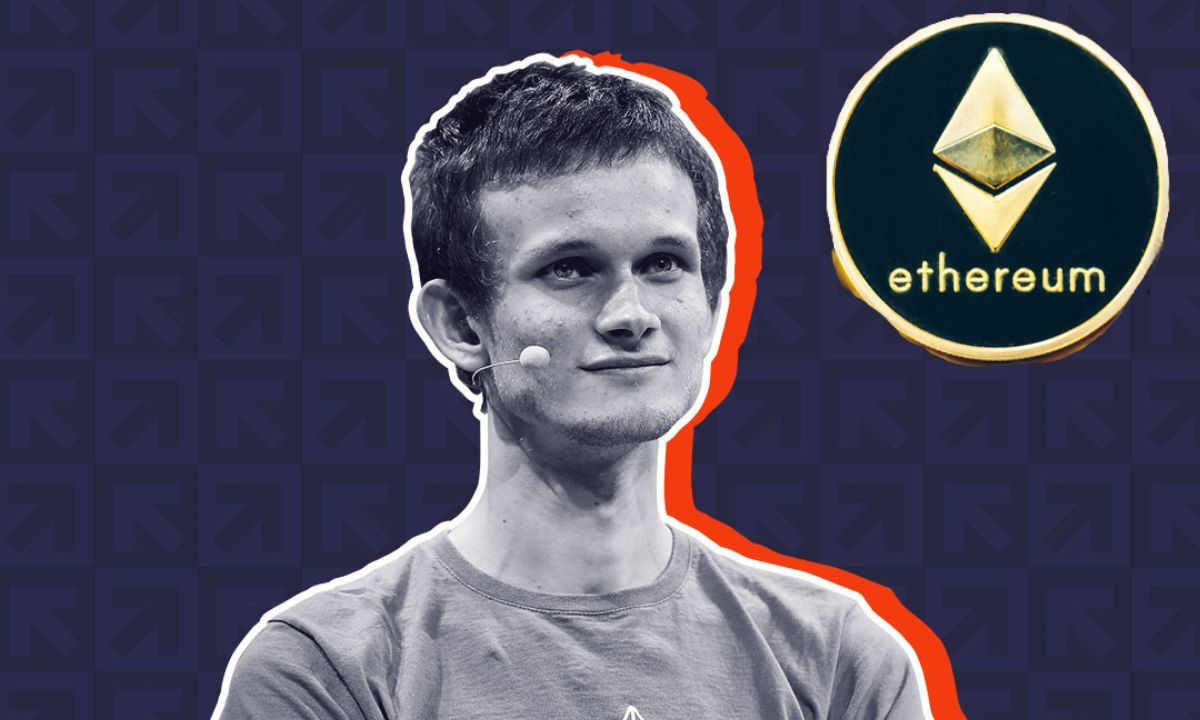Ethereum co-founder Vitalik Buterin has weighed in on the growing debate over the security and custodial concerns surrounding Coinbase’s Layer-2 blockchain, Base. His comments aim to dispel myths and reaffirm the role of Ethereum’s mainnet (L1) as the ultimate guarantor of user funds.
In a detailed message posted on X, Buterin emphasized that Base remains firmly secured by Ethereum’s Layer-1 infrastructure, regardless of its centralized elements.
While acknowledging that Base incorporates certain centralized features to enhance user experience, he stressed that this does not undermine decentralization at its core. Instead, Base inherits Ethereum’s settlement and security guarantees, ensuring users’ assets remain protected.
Vitalik Defends Non-Custodial Nature of L2s
A major point of clarification from Buterin was that Layer-2 platforms like Base are non-custodial. Unlike centralized exchanges, Base cannot seize user funds, censor withdrawals, or block transactions. Instead, assets always remain under Ethereum’s L1 smart contract control.
“L2s are non-custodial. They are extensions of Ethereum, not glorified servers,”
Buterin stated, adding that if an L2 shuts down, users can still withdraw directly from Ethereum. He pointed to past examples such as Soneium to highlight how Layer-2 rollups are designed to prevent operator censorship and safeguard against misuse of power.
Buterin also took the opportunity to clarify the role of L2beat, a platform that evaluates security levels of different rollups. He noted that L2beat measures “concrete properties that protect users from being rugged,” rather than acting as what he described as a “nerd-sharia compliance authority.”
Coinbase CLO Pushes Back on Exchange Claims
Alongside Buterin’s defense, Coinbase’s Chief Legal Officer Paul Grewal also addressed criticisms targeting Base. Some skeptics had suggested that Layer-2 sequencers function as exchanges, which could put them under heavy regulatory oversight.
Grewal firmly rejected these claims, pointing out that under U.S. SEC definitions, exchanges bring together buyers and sellers of securities. In contrast, Layer-2 sequencers simply process transactions and smart contract executions, leaving market-making mechanisms to decentralized apps built on the network.
He likened the criticism to suggesting that Amazon Web Services (AWS) should be considered an exchange simply because an exchange operates on its infrastructure.
“If an exchange runs on AWS, is AWS an exchange? Obviously not,” Grewal remarked.
The Road Ahead for Base
The debate comes at a critical time as Coinbase prepares to launch a Base token to further decentralize governance and expand the network’s reach. With strong voices like Buterin’s offering public support, Coinbase appears determined to frame Base as a secure, scalable, and user-friendly extension of Ethereum.
Ultimately, Buterin’s intervention underscores the broader importance of Layer-2 scaling solutions for Ethereum’s long-term success. By reiterating that user funds remain safeguarded by Ethereum L1, he has reinforced confidence in Base’s design and dismissed the narrative that it poses custodial risks.

